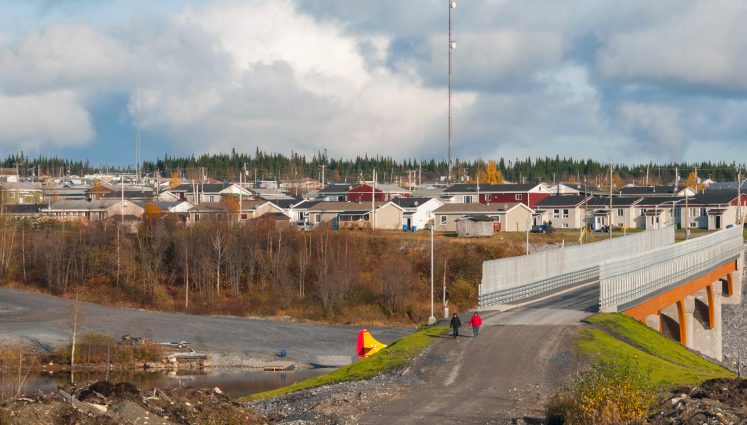
How Distributel Brings High Speed Internet to Canada’s Indigenous Communities
By Distributel
Until very recently, the Cree communities of Eeyou Istchee and municipalities of the James Bay region had very poor internet. In fact, in 2020 lots of rural Canada still has very poor internet. This is problematic for many reasons. For example, it limits the effectiveness of e-health, makes online education difficult, and restricts access to remote work. In short, it creates a digital divide that contributes to an already inequitable situation.
Happily, this is no longer the case in Eeyou Istchee and James Bay. With the help of Distributel, they now have high-speed internet. Here’s how.
Eeyou Communications Network
Eeyou Communications Network (ECN) is a not-for-profit corporation that counts Distributel as a member. ECN’s job is to provide high speed internet to the households in Eeyou Istchee and James Bay, and the broader goal is to close the digital divide between Eeyou communities and the rest of the country.
To this end, Distributel does much of the technical work. We provision equipment required for the service. For example, residential gateways for the internet, set-top boxes for TV, and analog telephone adapters for home phones. We also do the technical planning, process mapping, and project management of service integration from Distributel to fibre to the home (FTTH) infrastructure. We also do the application programming interface (API) integration for service fulfilment and troubleshooting. And on top of all the technical details, we do much of the customer service, including invoicing, customer care, technical support, rate setting, and customer relationship management including credit and collections.
How Has the Internet Improved?
Prior to ECN, Eeyou Istchee and James Bay residents were using dial-up, DSL (with 6Mbps), and satellite internet. This is to say: they had expensive and slow service – when they had service at all.
A look at the region partly explains why. It includes townships like Eastmain, Radisson, Mistissini, Nemaska, Ouje-Bougoumou, Waskaganish, Wemindji, Chibougamu, Matagami, Lebel sur-Quevillon, and Chapais. They’re small, remote, and have limited road access, like much of rural Canada. So far, the biggest challenges ECN has faced when it comes to laying fibre are short summers and working on right of way and pole access.
The challenge has been worth it. ECN has installed more than 10,000 optical terminal networks (OTNs). As of August, ECN has registered more than 3,400 subscribers. And now, subscribers can get internet packages for 50Mbps, 250 Mbps, and even 1000Mbps. Up next, ECN is laying fibre from Radisson to Whapmagoostuui-Kuujjuarapik.
Because high-speed internet has come to the region, there are new opportunities for business, better access to e-health, better access to e-learning, more chances for remote working, and increased digital literacy.
What About the Digital Divide?
Canadians should have equal access to the internet. In practice, this doesn’t always happen. According to J. Owen Gilbert, Distributel’s Vice-President of Rural Broadband Initiatives, “In Canada we still have a significant digital divide. The lack of infrastructure is one problem. But even though 86% of the population may have access to broadband services, only 59% of the metropolitan population and 25% of the population in rural areas can afford the government-mandated speeds of 50 megabits.”
Smaller independent providers like Distributel must purchase broadband service in the wholesale market from the big ones like Bell and Rogers. Unfortunately, the big providers have resisted providing broadband at reasonable wholesale rates to companies like Distributel.
Fortunately, the success of Eeyou Communications Network proves that rural internet access is doable and can be affordable. That’s why Distributel is looking at similar type opportunities in northern BC, Vancouver Island, northern Alberta, and rural Ontario.
